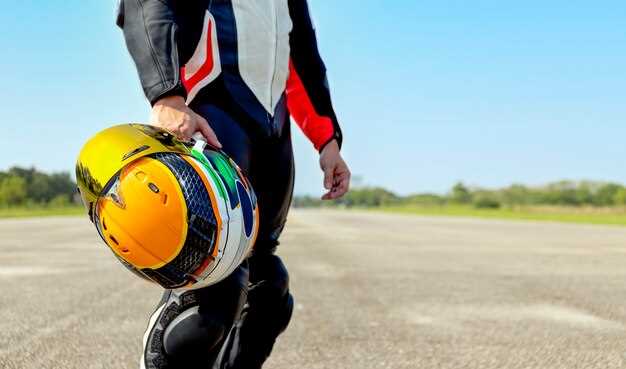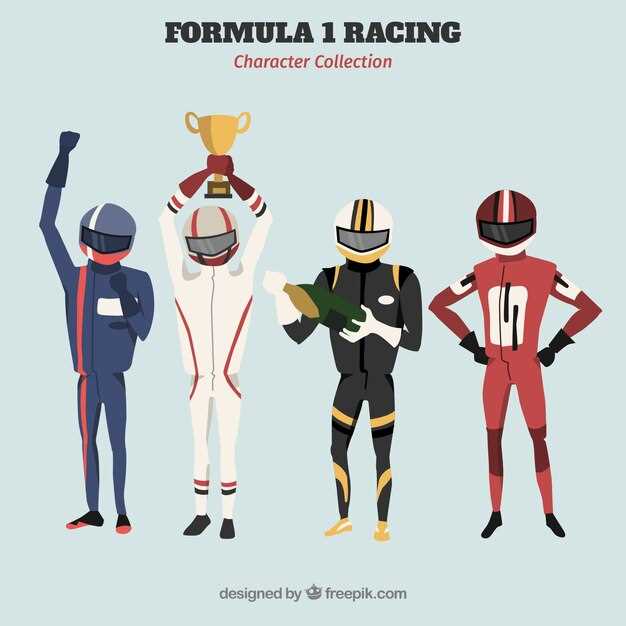
Drag racing is an exhilarating motorsport that demands not only skill and speed but also stringent safety measures. For competitors, the right safety gear is essential to ensure their well-being on the track. One of the most critical pieces of equipment is the helmet, designed to protect the head from impact during high-speed races. A quality helmet can make the difference between life and death, which is why selecting a helmet that meets or exceeds safety standards is of utmost importance.
In addition to helmets, competitors should invest in other vital safety gear, such as fire-resistant suits, gloves, and shoes. These items play a crucial role in reducing the risk of injury in the event of an accident. A racing suit made from materials like Nomex offers protection against flames while ensuring comfort and flexibility. The combination of these elements helps create a secure environment for racers, allowing them to focus on their performance without compromising their safety.
Ultimately, understanding the necessity of proper safety gear, including high-quality helmets and protective clothing, is fundamental for all drag racing enthusiasts. By prioritizing safety, competitors can enjoy the thrill of the race while minimizing the inherent risks of this high-octane sport.
Choosing the Right Helmet: Features and Certification Standards
Selecting the appropriate helmet is crucial for drag racing competitors as it provides essential safety during high-speed events. A helmet must meet specific safety standards, such as Snell and DOT certifications, which ensure that it can withstand the impacts and pressures of racing environments. Look for helmets with Snell certification as they undergo stringent testing for various impact scenarios.
When choosing a helmet, consider features such as the materials used in construction. Many high-quality helmets are made from composite materials, which offer a lightweight yet robust structure. A thicker shell can enhance impact resistance, while an energy-absorbing liner significantly increases safety by reducing the force transferred to the head during a crash.
The fit of the helmet is another vital aspect. It should be snug but comfortable, allowing for minimal movement when securely fastened. This helps prevent the helmet from coming off during an accident. Moreover, adjustable ventilation is essential to regulate temperature and moisture inside the helmet, ensuring maximum comfort even under extreme conditions.
Additionally, pay attention to the interior padding. High-density foam can enhance comfort and safety by providing better shock absorption. Removable liners can be beneficial for cleaning and maintaining hygiene. Furthermore, the option for a full-face helmet is recommended in drag racing, as it offers maximum protection against debris and potential impacts.
Lastly, to ensure that your helmet remains effective, regularly inspect it for any signs of wear and tear. Replace the helmet every few years, or immediately if it has sustained significant damage. Prioritizing safety gear like helmets in drag racing can dramatically increase your chances of staying safe during exhilarating competitions.
Essential Protective Clothing: Suits, Gloves, and Footwear

In drag racing, the right protective clothing is crucial for ensuring safety on the track. Competitors must wear specialized gear designed to withstand high temperatures and potential hazards. This section focuses on three key components: suits, gloves, and footwear.
Racing Suits are the first line of defense against fire and abrasion. Made from fire-resistant materials such as Nomex or Kevlar, these suits provide crucial protection in the event of an accident. They are designed to cover the entire body, minimizing the risk of exposure to flames. A well-fitted suit not only protects but also allows for mobility and comfort, which is essential during intense racing conditions.
Gloves are another essential piece of safety gear. Racing gloves should be made of the same fire-resistant materials as suits and feature a snug fit to provide excellent grip on the steering wheel. High-quality gloves enhance control of the vehicle, enabling drivers to react quickly when needed. Furthermore, the wrist area should offer enough flexibility without compromising safety, ensuring that competitors can maneuver effectively.
Footwear plays a significant role in overall protection and performance. Racing boots must be constructed from materials that can withstand high temperatures and provide a secure grip on the pedals. It’s essential for drivers to choose boots that offer both comfort and support, as well as a fire-resistant design. Proper footwear helps maintain control during acceleration and braking, enhancing the competitor’s ability to perform at their best.
Each of these essential pieces of protective gear–suits, gloves, and footwear–contributes significantly to the safety and performance of drag racing competitors. Investing in high-quality, reliable equipment is not just a necessity but a vital part of participating in this exhilarating sport.
Additional Safety Equipment: Harnesses, Roll Cages, and Fire Suppression Systems

In drag racing, traditional safety gear like a helmet is crucial, but there are additional safety measures that competitors must consider to enhance their protection on the track. Harnesses, roll cages, and fire suppression systems are essential components that significantly contribute to overall safety.
Harnesses are designed to keep drivers securely in their seat during high-speed runs. Unlike standard seat belts, racing harnesses feature multiple attachment points and are usually constructed from high-strength materials. This ensures that in the event of a collision or sudden deceleration, the driver remains firmly in place, minimizing the risk of injury caused by excessive movement.
Roll cages are another vital aspect of drag racing safety. These are structures made from strong metal tubing that are integrated into the car’s chassis. A well-built roll cage provides a protective framework around the driver, absorbing impact forces in the event of a rollover or collision. The design and installation of the roll cage must adhere to strict safety regulations set by governing bodies in the racing community.
Fire suppression systems offer an additional layer of safety, particularly in the event of an engine fire or fuel leak. These systems are designed to detect and extinguish flames quickly, reducing the risk of severe burns or other fire-related injuries. Competitors should ensure that their vehicles are equipped with a reliable fire suppression system and that it is regularly maintained to ensure functionality.
Overall, incorporating harnesses, roll cages, and fire suppression systems into a drag racing vehicle is essential for enhancing driver safety. While a helmet is a critical component, these additional safety measures play a significant role in reducing the risks associated with high-speed racing.



